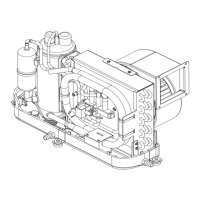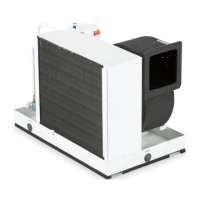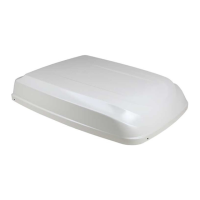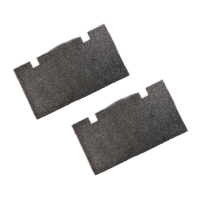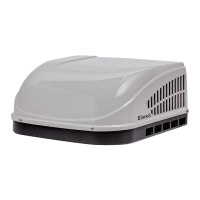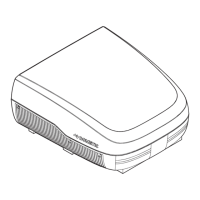13
v
English
L-2086 Installation
Safety Warning
To prevent a possible electrical shock in the event a
component has an electrical breakdown, which could re-
sult in serious injury or death, always ground the system
in the following manner:
• Use proper wire size with a ground to feed power from the
ship’s electrical panel to each cooling unit junction box.
Make sure the ground wire is properly connected to the
ground buss in the ship’s service distribution panel and to
the ground lug in the cooling unit’s junction box
• Connect the junction box ground lug to the P/L box green
wire (or to the switch assembly terminal strip).
• Use proper wire size with a ground to feed the power from
the ship’s electrical panel to the condensing unit’s junction
box. Make sure the ground wire is properly connected to the
ground buss in the ship’s service distribution panel and to
the condensing unit’s ground lug.
• Ground the seawater pump, and pump relay (if used) to the
condensing unit’s ground lug.
• Bond the ground lug on the condensing unit to the ship’s
grounding system.
• Check the continuity of the ground system before the system
is energized.
Note
Always follow ABYC guidelines or local codes when selecting
breakers and wire sizes. ABYC standards are available from:
American Boat and Yacht Council, 3069 Solomon’s Island Rd.,
Edgewater, MD 21036, Telephone: (410) 956-1050.
Final Inspection
Prior to charging or energizing the system, conduct a nal
inspection, using the following checklist.
Inspecting the Seawater Cooling
System
• Is the seawater pump properly sized for the system?
• Is the pump oriented correctly and mounted securely with
the pump outlet directed vertically upwards?
• Is the centrifugal seawater pump located so it is below the
water line at all times?
• Are the inlet and outlet thru-hulls secure, properly sealed
and properly oriented?
• Are all hose clamps tight?
• Are seawater hoses double clamped?
• Are there any loops or dips in the seawater plumbing that
might cause the system to become air locked?
• Is the strainer located between the seacock and the pump,
and is it correctly oriented?
• Are all metallic seawater ttings properly bonded?
Inspecting the Self Contained Unit
• Is the air conditioning unit securely mounted?
• Is the unit located so that it will not draw fumes from the
engine room and discharge them into the compartment?
• Are condensate drains properly routed to an overboard
discharge or sump?
• If only one condensate drain is being used, has the hole at
the other end of the tray been plugged?
Inspecting the Condensing Unit
(Remote Condensing Unit Systems Only)
• Is the condensing unit mounted securely using the integral
wooden baseboard or drain pan?
• Are the fasteners accessible if it is necessary to remove the
unit for service later?
Inspecting the Cooling/Heating Unit
(Remote Condensing Unit Systems Only)
• Is the unit securely mounted?
• Are condensate drains properly routed to an overboard
discharge or sump?
• If only one condensate drain is used, have any other drain
holes in the drip tray been plugged?
Inspecting the Refrigerant Connec-
tions
(Remote Condensing Unit Systems
Only)
• Are are joints made with forged are nuts and properly
tightened?
• Are are joints and tees properly insulated?
• Are copper refrigerant tubes individually insulated?
• Are tubes fastened securely to the boat every three feet or
as needed throughout their length?
Inspecting the Air Distribution Sys-
tem
• Is there unobstructed airow from the return air grill to the
coil?
• Is there a lint screen or lter in the return air path where it is
accessible for regular cleaning?
• Have exible ducts been pulled tight to remove bends and
constrictions?
• Are grills correctly sized for the system?
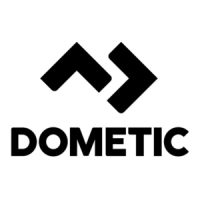
